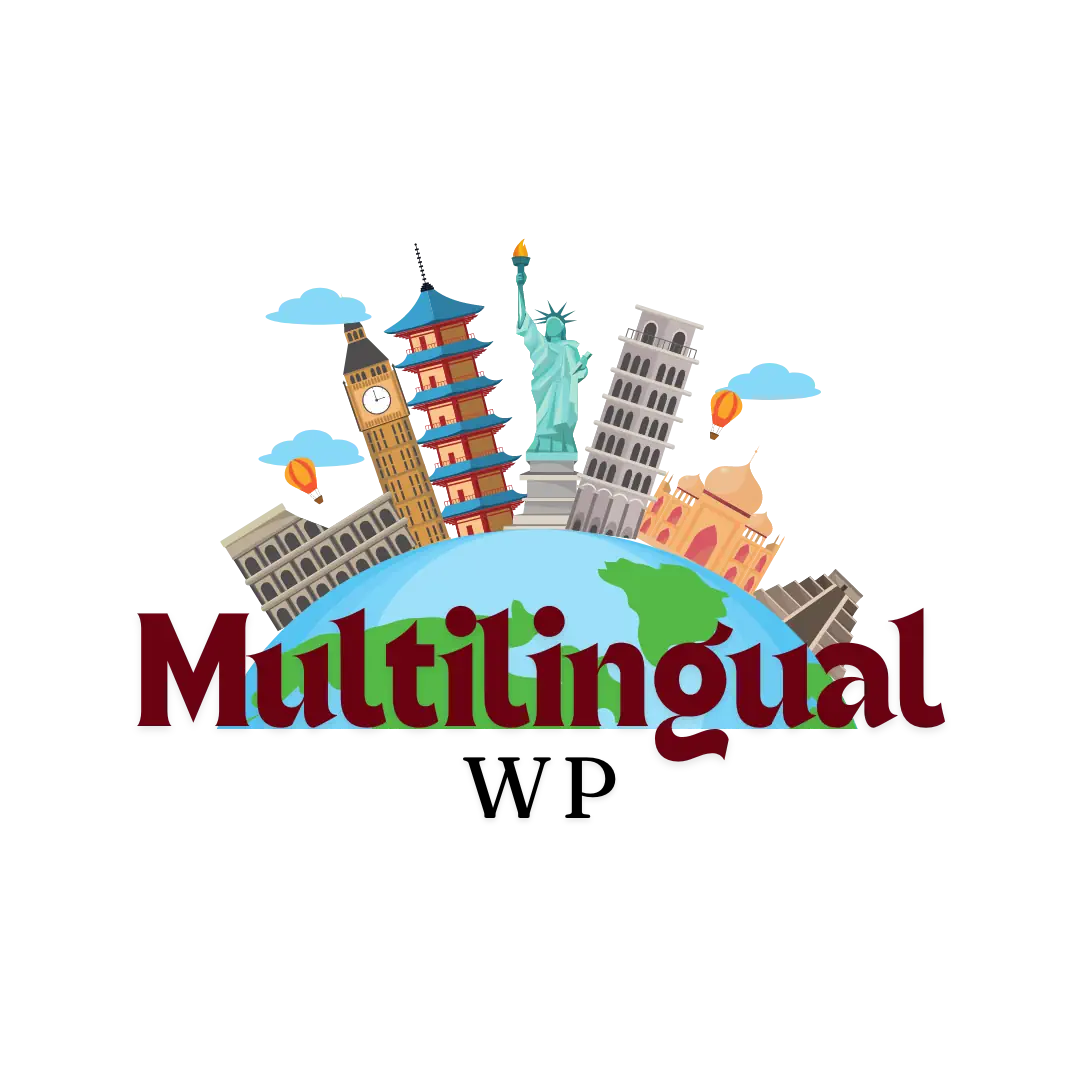Creating a multilingual WordPress website opens the door to global audiences, higher conversions, and better user experience for visitors who prefer content in their native language. Rather than machine-translate everything and hope for the best, a professional multilingual setup requires planning, structure, and the right tools.
This step-by-step guide explains how to properly build a multilingual WordPress site, including architecture decisions, multilingual SEO considerations, plugin setup, and translation workflow options.
Why Build a Multilingual Website
Businesses and publishers often go multilingual to:
- Reach international markets
- Increase trust and brand credibility
- Improve conversions in regional markets
- Support global customers in their language
- Boost SEO visibility in other countries
Users worldwide expect websites to speak their language. A multilingual WordPress setup creates a more accessible and professional experience.
What You Need Before Starting
Before building a multilingual site, ensure you have:
- A reliable hosting provider that supports multiple languages and regions
- A translation-ready WordPress theme
- Initial content prepared for the primary language
- A strategy for which languages and markets you want to target
- SEO keyword research for target regions
Having a clear roadmap makes the process smoother and prevents technical issues later.
Step 1: Plan Your Multilingual Structure
A successful multilingual website begins with the right architecture. You must decide how your language versions will be structured.
Common SEO-friendly options include:
| Method | Example |
|---|---|
| Subdirectories | example.com/es/ |
| Subdomains | es.example.com |
| Country domains (ccTLDs) | example.fr |
Subdirectories are the most popular and easiest for WordPress beginners. They provide a clean structure and generally perform well for multilingual SEO.
Step 2: Choose a Translation Plugin
There are several multilingual plugins available. Select one based on your needs, budget, and scalability.
Popular options include:
- WPML
- Polylang
- Weglot
- TranslatePress
- MultilingualPress (for multisite setups)
Each tool supports different workflows, such as manual translation, machine translation, or hybrid approaches with translator review.
Step 3: Install and Configure the Plugin
Once you choose a plugin:
- Install it through the WordPress dashboard
- Select your default site language
- Add your secondary languages
- Configure URL structure for language versions
- Enable language switchers in menus or headers
Proper configuration ensures your site displays the correct language variation to each visitor.
Step 4: Translate Site Content
Translation options typically include:
- Manual translation by editors or native speakers
- Machine translation with tools like DeepL or Google Translate
- Professional translation services with glossary and style guide support
Translate essential site elements:
- Posts and pages
- Menus and navigation labels
- SEO titles and meta descriptions
- Widgets and footer text
- Media alt text
- Buttons and calls to action
Quality translation affects trust, engagement, and conversions.
Step 5: Translate Theme and Plugin Text
Some parts of your site come from theme or plugin files rather than your content editor.
You may need to translate:
- Button labels
- Form fields
- System messages
- WooCommerce strings
Tools like Loco Translate or built-in translation functions in WPML and Polylang make this easier.
Step 6: Configure Multilingual SEO
Strong global SEO depends on proper technical setup. Make sure to:
- Set unique meta titles and descriptions for each language
- Add hreflang tags to prevent duplicate content issues
- Customize URL slugs per language
- Translate image alt attributes
- Create localized XML sitemaps
- Research keywords for each region, not just language
SEO is regional. French in Quebec and French in France target different search behavior.
Step 7: Adjust Navigation and UX
Your multilingual site should be intuitive for all users. Include:
- A visible language switcher
- Clear navigation menus per language
- Translated contact forms
- Localized currency for e-commerce
- Culturally appropriate visuals and phrasing
Evaluate the experience as if you were a user from each region.
Step 8: Test and Review
Before launching your multilingual site:
- Test every language version
- Check menu navigation and footer content
- Ensure hreflang is implemented correctly
- Verify translation accuracy and style consistency
- Test mobile and accessibility settings
- Review SEO with tools like Google Search Console
Launching without testing can lead to broken experiences and lost trust.
Step 9: Publish and Monitor Performance
After your multilingual site goes live, continue optimizing. Monitor:
- Organic search performance by language and region
- Bounce rates on translated pages
- User feedback from international visitors
- Conversion rates by language
- Localization accuracy as content grows
A multilingual site is an ongoing project, not a one-time setup.
Best Practices for Multilingual WordPress Sites
- Start with one or two languages before scaling
- Use a professional translation workflow or hybrid AI + human model
- Prepare a glossary and style guide for consistency
- Choose a plugin that fits long-term needs, not just the cheapest option
- Back up your site regularly
- Keep multilingual content updated consistently
Final Thoughts
Building a multilingual WordPress website involves more than switching on a translation tool. Success requires thoughtful structure, accurate content localization, and a workflow designed for international experience and SEO performance.
With the right setup, your site becomes accessible to new global audiences, builds trust in international markets, and generates long-term growth opportunities.
Frequently Asked Questions
Do I need a translation plugin?
Yes. Native WordPress is not multilingual-ready by default.
Can I use Google Translate only?
Machine translation alone risks quality issues. A review process is recommended.
Is WordPress multisite required?
Not for most websites. Plugins like WPML or Polylang work without multisite. Use multisite only for large enterprise multilingual setups.
Which plugin is best?
It depends on your workflow. WPML and Polylang suit deep control. Weglot and TranslatePress suit speed and automation.
